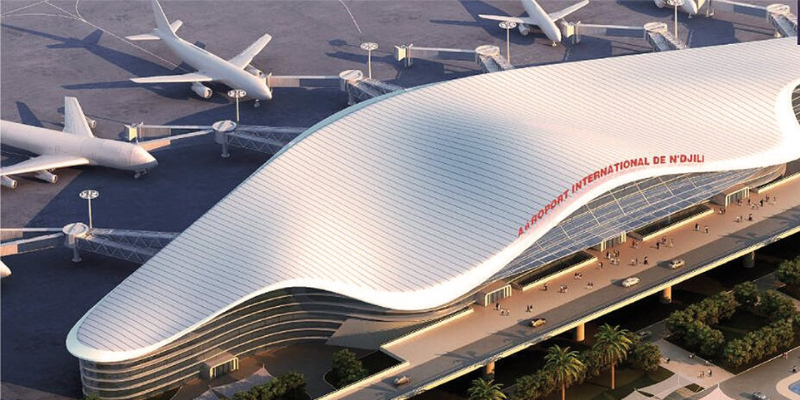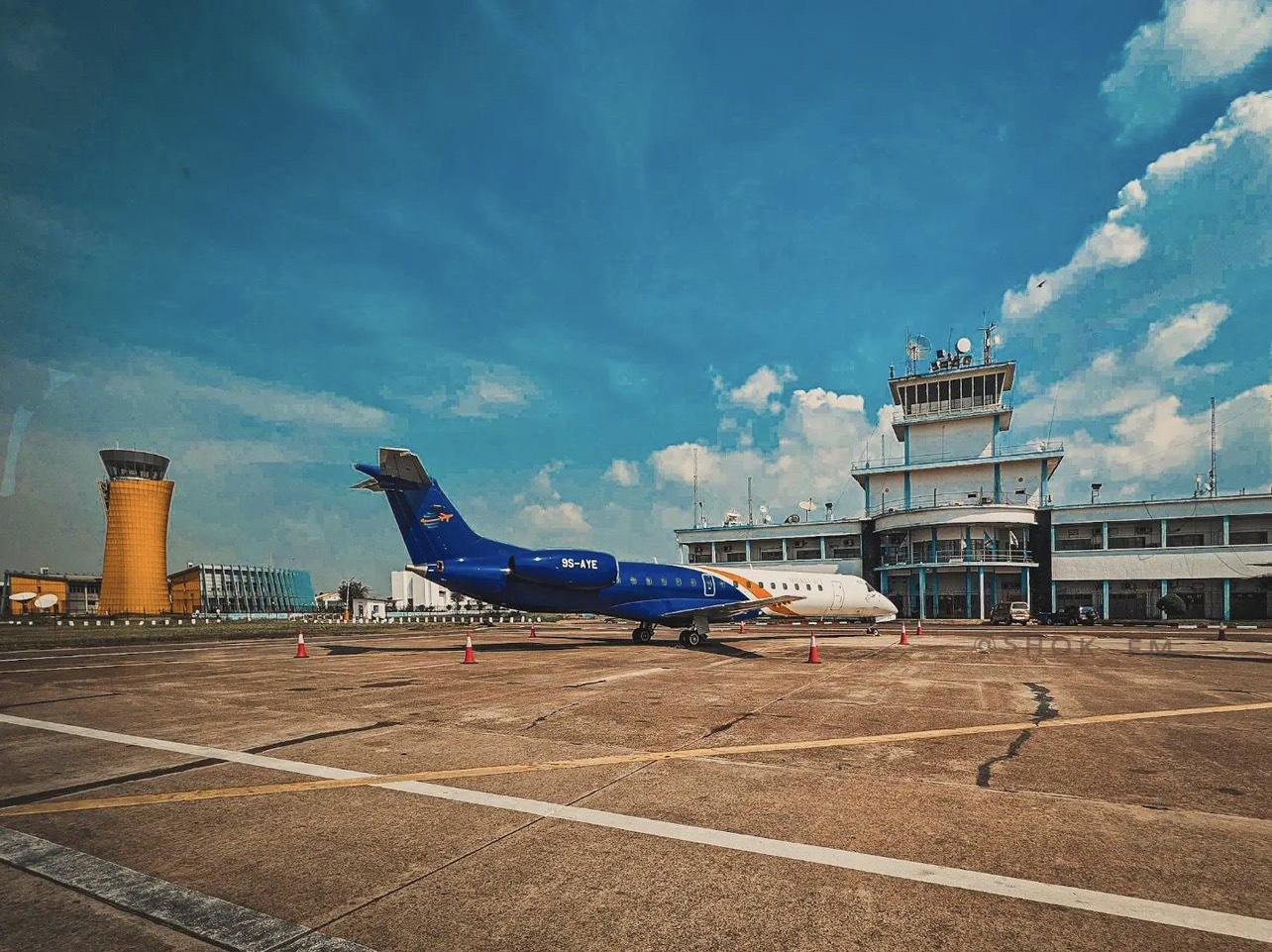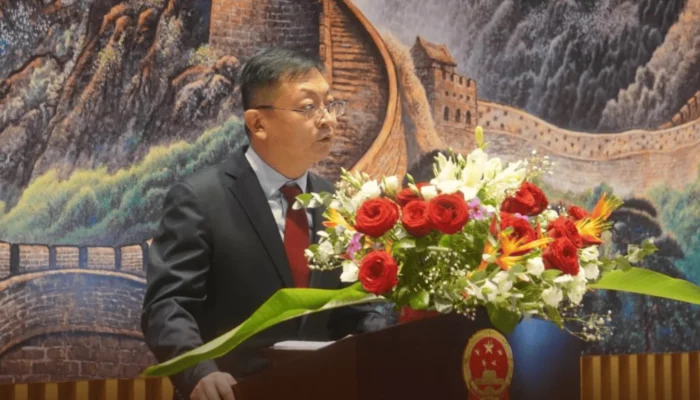The Democratic Republic of Congo has announced a sweeping modernization plan for N’djili International Airport in Kinshasa, positioning it as a future regional hub. With a brand-new 50,000-square-meter terminal capable of handling 5 million passengers annually—up from just 800,000—the $570 million project marks a bold move toward enhancing the country’s aviation infrastructure, attracting foreign investment, and strengthening continental connectivity.

The Democratic Republic of Congo is accelerating efforts to transform N’djili International Airport in Kinshasa into a central driver of economic growth and regional connectivity. The government has unveiled plans for a major modernization project, including the construction of a new 50,000-square-meter terminal with the capacity to handle up to 5 million passengers annually—more than six times the airport’s current throughput.
Estimated at $570 million, the project reflects the country’s broader vision to position Kinshasa as a regional air hub and enhance its role in Africa’s evolving logistical landscape. The new terminal will be equipped with advanced security systems and modern passenger amenities that meet international standards, aiming to attract new airlines, boost tourism, and streamline import-export logistics.
Despite the excitement surrounding the initiative, financing remains a key concern. While the government suggests the involvement of both public and private partners, it has yet to outline a clear financial framework. In a country where infrastructure delays and budget overruns are common, success will hinge on transparent governance and tight project execution.
If completed as planned, the upgraded N’djili Airport could strengthen Kinshasa’s strategic position, linking it more efficiently with regional cities like Brazzaville, Luanda, and Kigali, and plugging it into key trade corridors extending toward southern and eastern Africa. The project represents more than a facelift—it’s a statement about Congo’s ambitions to play a larger role in regional integration and economic modernization.






